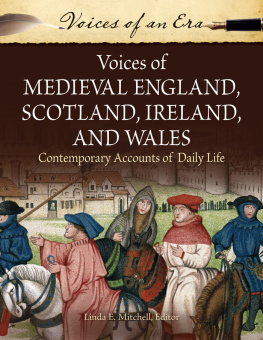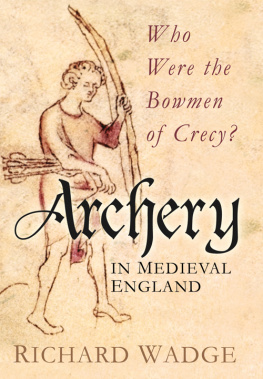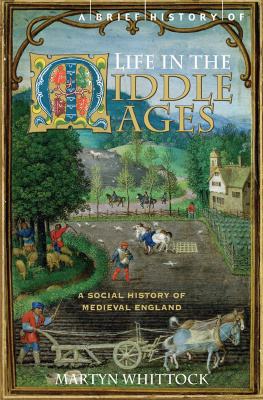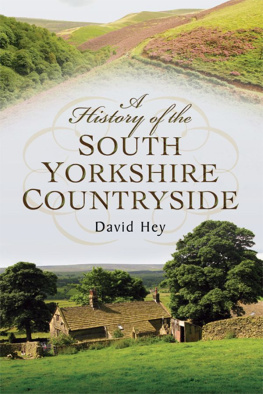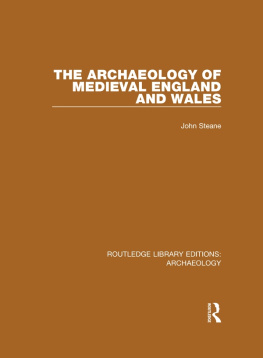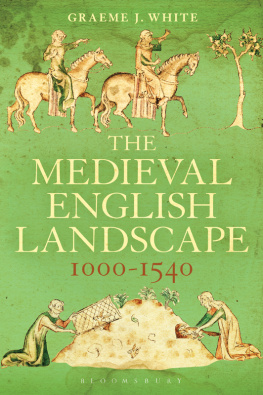Andrew Margetts - The Wandering Herd: The Medieval Cattle Economy of South-East England c.450-1450
Here you can read online Andrew Margetts - The Wandering Herd: The Medieval Cattle Economy of South-East England c.450-1450 full text of the book (entire story) in english for free. Download pdf and epub, get meaning, cover and reviews about this ebook. year: 2021, publisher: Windgather Press, genre: Romance novel. Description of the work, (preface) as well as reviews are available. Best literature library LitArk.com created for fans of good reading and offers a wide selection of genres:
Romance novel
Science fiction
Adventure
Detective
Science
History
Home and family
Prose
Art
Politics
Computer
Non-fiction
Religion
Business
Children
Humor
Choose a favorite category and find really read worthwhile books. Enjoy immersion in the world of imagination, feel the emotions of the characters or learn something new for yourself, make an fascinating discovery.
- Book:The Wandering Herd: The Medieval Cattle Economy of South-East England c.450-1450
- Author:
- Publisher:Windgather Press
- Genre:
- Year:2021
- Rating:5 / 5
- Favourites:Add to favourites
- Your mark:
The Wandering Herd: The Medieval Cattle Economy of South-East England c.450-1450: summary, description and annotation
We offer to read an annotation, description, summary or preface (depends on what the author of the book "The Wandering Herd: The Medieval Cattle Economy of South-East England c.450-1450" wrote himself). If you haven't found the necessary information about the book — write in the comments, we will try to find it.
This study will examine aspects of pastoralism that occurred in part of medieval England. It will suggest how we learn from forgotten management regimes to inform, shape and develop our future countryside. The work concerns a region of southern England the pastoral identity of which has long been synonymous with the economy of sheep pasture and the medieval right of swine pannage. These aspects of medieval pastoralism, made famous by iconic images of the South Downs and the evidence presented by Domesday, mask a pastoral heritage in which a significant part was played by cattle.
This aspect of medieval pastoralism is traceable in the regions historic landscape, documentary evidence and excavated archaeological remains. Past scholars of the South-East have been so concerned with the importance of medieval sheep, and to a slightly lesser extent pigs, that no systematic examination of the cattle economy has ever been undertaken. This book represents a deep, multidisciplinary study of the cattle economy over the longue dure of the Middle Ages, especially its importance within the evolution of medieval society, settlement and landscape. It explores the nature and presence of vaccaries, a high status form of specialized cattle ranch. They produced beef stock, milk and cheese and the draught oxen necessary for medieval agriculture. While they are most often associated with wild northern uplands they also existed in lowland landscapes and areas of Forest and Chase. Nationally, medieval cattle have been one of the most important and neglected aspects of the agriculture of the medieval period. As part of both a mixed and specialized farming economy they have helped shape the countryside we know today.
Table of Contents
List of plates and figures
List of tables
Abbreviations
Acknowledgements
1. Introduction
2. Related medieval landscape research
3. A historical and documentary perspective
4. Place-name
5. Roads, commons, forest and chase
6. Oval enclosures and medieval parks
7. Downland enclosures: valley entrenchments
8. Animal bone assemblages
9. Wealden case studies: the Hayworth
10. Discussion
11. Conclusion
Bibliography
Andrew Margetts: author's other books
Who wrote The Wandering Herd: The Medieval Cattle Economy of South-East England c.450-1450? Find out the surname, the name of the author of the book and a list of all author's works by series.




